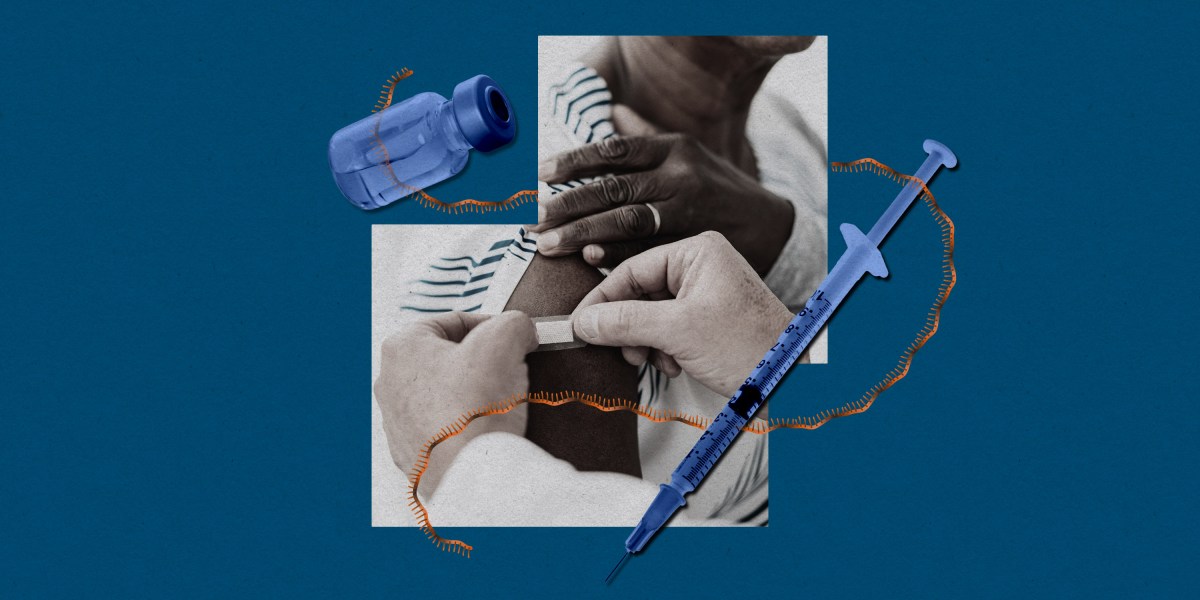
Last week, Moderna and Merck launched a large clinical trial in the UK of a promising new cancer therapy: a personalized vaccine that targets a specific set of mutations found in each individual’s tumor. This study is enrolling patients with melanoma. But the companies have also launched a phase III trial for lung cancer. And earlier this month BioNTech and Genentech announced that a personalized vaccine they developed in collaboration shows promise in pancreatic cancer, which has a notoriously poor survival rate.
Drug developers have been working for decades on vaccines to help the body’s immune system fight cancer, without much success. But promising results in the past year suggest that the strategy may be reaching a turning point. Will these therapies finally live up to their promise? Read the full story.
—Cassandra Willyard
This story is from The Checkup, our weekly biotech and health newsletter. Sign up to receive it in your inbox every Thursday.
How we transform to a fully decarbonized world
—Deb Chachra is a professor of engineering at Olin College of Engineering in Needham, Massachusetts, and the author of How Infrastructure Works: Inside the Systems That Shape Our World
Just as much as technological breakthroughs, it’s that availability of energy that has shaped our material world. The exponential rise in fossil-fuel usage over the past century and a half has powered novel, energy-intensive modes of extracting, processing, and consuming matter, at unprecedented scale.
But now, the cumulative environmental, health, and social impacts of this approach have become unignorable. We can see them nearly everywhere we look, from the health effects of living near highways or oil refineries to the ever-growing issue of plastic, textile, and electronic waste.
Decarbonizing our energy systems means meeting human needs without burning fossil fuels and releasing greenhouse gases into the atmosphere. The good news is that a world powered by electricity from abundant, renewable, non-polluting sources is now within reach. Read the full story.
